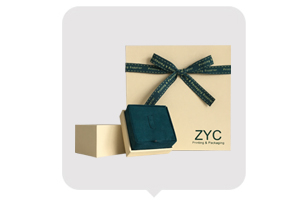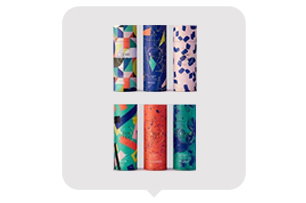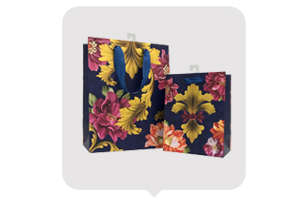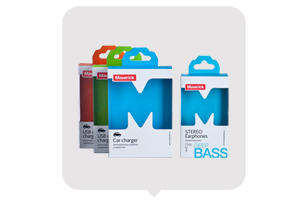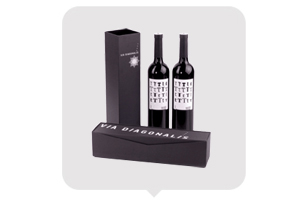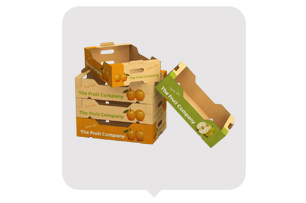In the fast-paced modern lifestyle, snack packaging boxes have become an essential part of our lives. Beyond the mere function of containing snacks,
these boxes serve as effective marketing tools and a reflection of a brand's image. This article explores the design features and material selection for
snack packaging boxes, taking into account the latest design concepts. By understanding these aspects, we can appreciate how thoughtful packaging
design can enhance the overall consumer experience.
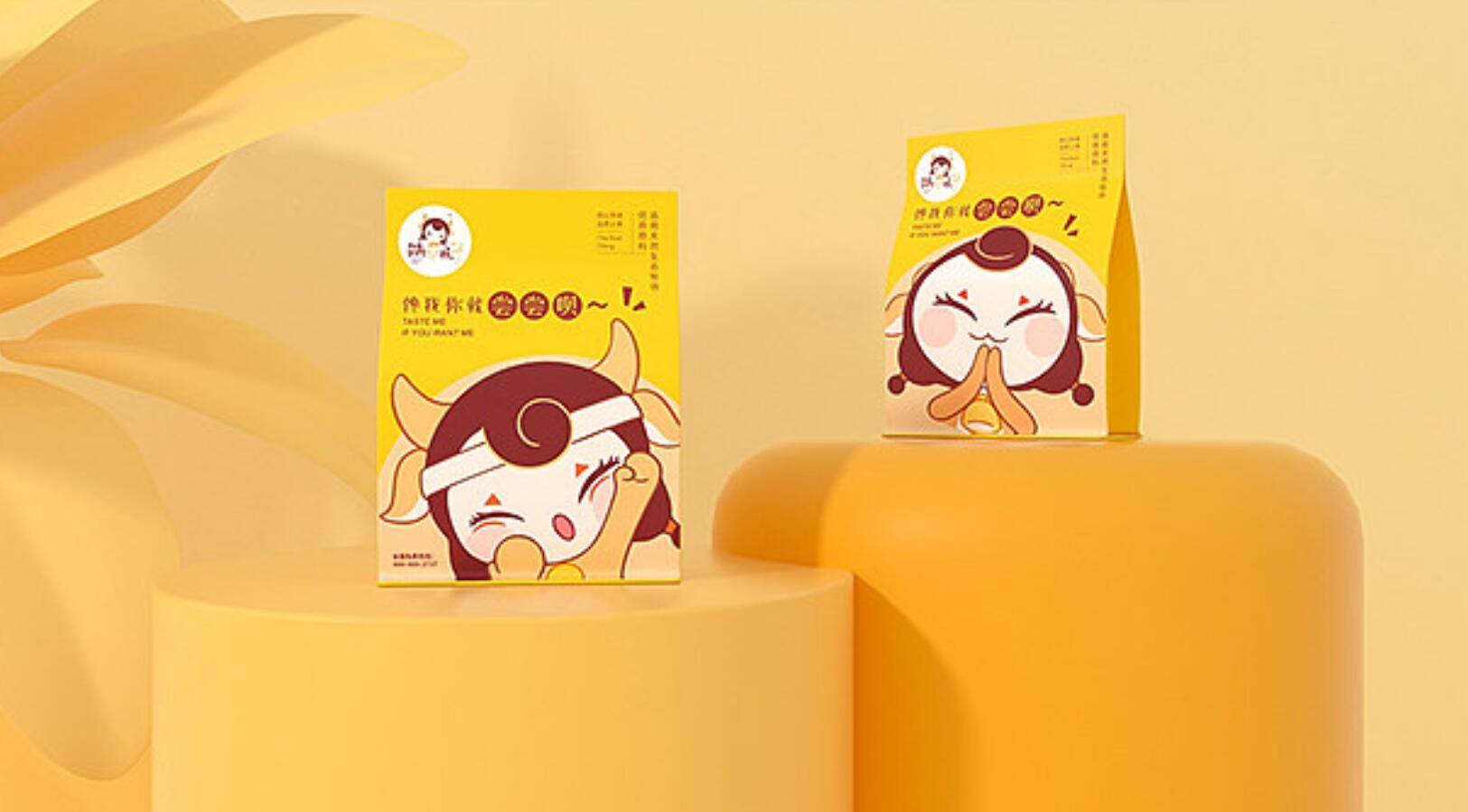
Design Features:
1. Visual Appeal: The first impression is crucial in capturing consumers' attention. Engaging and visually appealing packaging can make a snack stand
out in a crowded market. Bold colors, attractive graphics, and unique shapes can help create a memorable and enticing design.
2. Brand Personality: Snack packaging should align with the brand's identity and values. The design elements, including typography, imagery, and color
scheme, should evoke the desired emotional response from consumers. For example, a premium brand may opt for elegant and minimalist packaging, while
a fun and playful brand might incorporate vibrant colors and whimsical illustrations.
3. User-Friendly: Convenience plays a significant role in the success of snack packaging. Easy-to-open features, such as tear strips or resealable options,
enhance user experience and provide practicality for on-the-go snacking. Additionally, ergonomic considerations and portion control features contribute
to a positive consumer experience.
Material Selection:
1. Sustainability: With growing environmental concerns, the choice of eco-friendly packaging materials has become essential. Biodegradable and recyclable
materials, such as paper and cardboard, are gaining popularity. These materials allow brands to showcase their commitment to a greener future and resonate
with eco-conscious consumers.
2. Product Protection: The primary function of snack packaging is to protect the contents from external factors that can compromise quality, such as moisture and
oxidation. Choosing materials with appropriate barrier properties, such as flexible films or laminates, ensures the preservation of taste, freshness, and texture.
3. Brand Differentiation: Premium or niche snack brands may opt for unconventional materials to enhance perceived value and uniqueness. Materials like metalized
film or textured paper can help create a luxurious and exclusive feel. However, it is crucial to strike a balance between aesthetics and practicality to ensure that the
packaging remains functional and cost-effective.
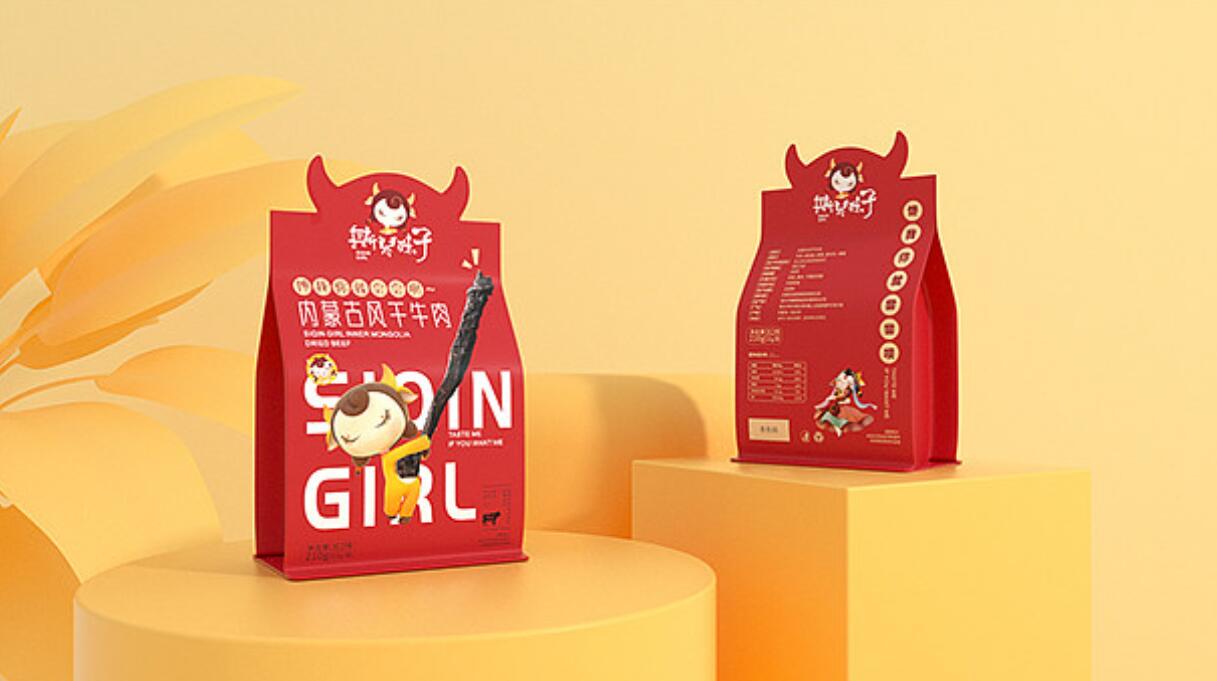
Conclusion:
In conclusion, the design features and material selection for snack packaging boxes are crucial in capturing consumers' attention, reflecting the brand's personality,
and protecting the product. Keeping up with the latest design concepts and understanding consumer preferences are key in creating successful packaging.
Furthermore, incorporating sustainable materials not only aligns with environmental concerns but also resonates with conscious consumers. By combining thoughtful
design and responsible material choices, snack brands can create packaging that enhances the overall snacking experience and strengthens brand loyalty.
